ISSUE 42: WHAT LENDERS SHOULD KNOW ABOUT WORKING WITH IESCS
Banks engage Independent Environmental and Social Consultants (IESC) to identify and protect against investment risks in major development programs. But doing so can unduly complicate investments if not managed well.
We should know – we’ve served as IESC for high profile developments worldwide – from the Keystone XL Pipeline to Panama Canal Expansion. Here are a few of the key lessons we’ve learned along the way to help investors get the most benefit from IESC reviews:
1. REMIND YOUR CLIENTS THAT THE REVIEW IS TO IDENTIFY RISKS TO LENDERS, NOT OVERALL ENVIRONMENTAL & SOCIAL PERFORMANCE
Your clients are often buried with and accustomed to responding to audits and assessments designed to measure the quality of their environmental and social performance. Clarifying upfront that the IESC review is focused on how they are managing risks vis-a-vis lender standards (independent of whether their discharges are 0.9 or 0.1 times the permissible level, for example) can save time and help ensure a more efficient review.
2. ENSURE YOUR IESC HAS TECHNICAL AS WELL AS E&S SUBJECT MATTER EXPERTISE
You’ll need a team with deep expertise in the key environmental and social aspects of relevance to your investment, but ensure the team also has sufficient expertise in the applicable asset process/technology. Having an LNG expert for an LNG terminal or a mining expert for a mine expansion will be critical to ensure your client trusts and is aligned with the IESC requests and judgments.
3. ENSURE YOUR IESC HAS TRUE SOCIAL RISK EXPERTS
Speaking of deep expertise in relevant E&S aspects, be aware that often the most challenging risks in the review are those related to stakeholder engagement, land access and human rights. Making sure the team includes seasoned, well-qualified and highly credible social scientists with the right specific expertise will help ensure the assessment and management plans for these more subjective (and therefore more arguable) issues are based on defensible, evidence-based judgment.
4. PREPARE YOUR CLIENT TO ALLOW IESC TO TALK WITH YOUR KEY 3RD PARTY STAKEHOLDERS
Allowing an independent third party to engage with your most critical stakeholders can be counter-intuitive for clients who have much invested in carefully managing fragile external relationships. The problem is: not being allowed to talk with those parties can raise a ‘red flag’ for the IESC and complicate the assessment of relationships and other risk areas.
5. LEVERAGE THE BENEFIT OF INDEPENDENCE
Your IESC is by definition independent, providing lenders a valuable perspective and lever for understanding and putting systems in place to manage risks in a way that might be cumbersome to achieve through the lender-client relationship. Be prepared that the independence can sometimes come with a higher level of information needs and time than your client had expected and planned to accommodate.
A good IESC will take the time to understand your specific needs and commit to giving you the kind of assessment you need vs an off-the-shelf process and product. Make sure the review is independent, but also make sure it’s the kind of assessment you want and need as an investor.
News & Notes

Acorn International
1702 Taylor St, Suite 200B
Houston, TX 77007, USA
1213 Purchase St
New Bedford, MA 02740, USA
